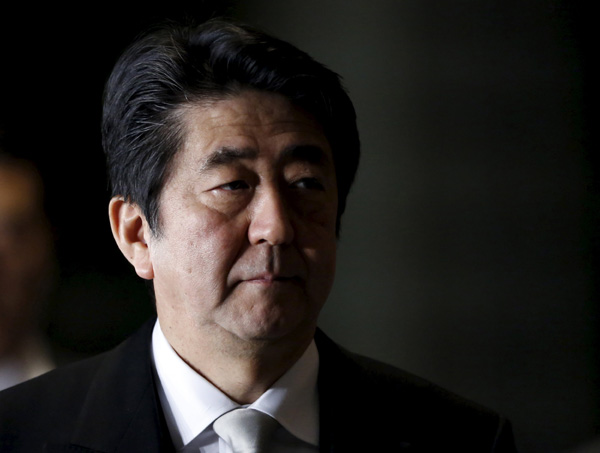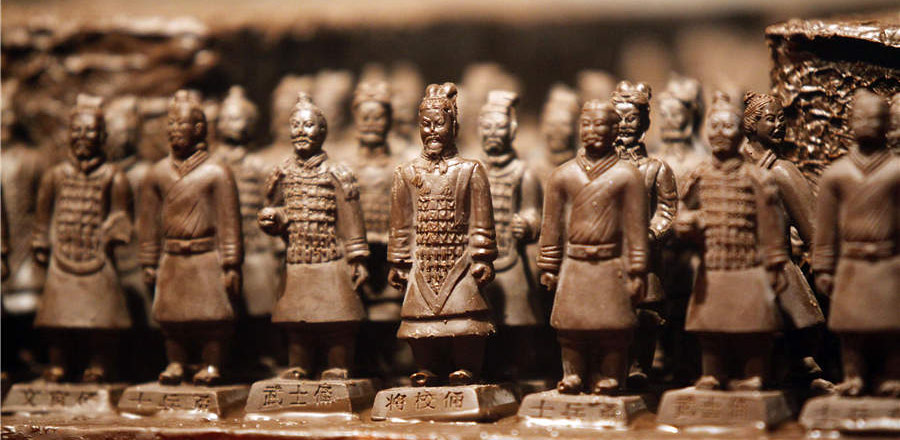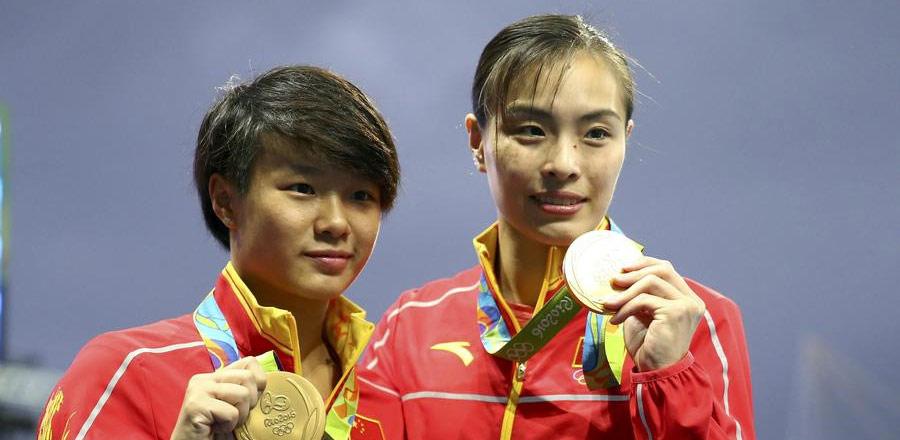
 |
|
Japan's Prime Minister Shinzo Abe walks into his official residence in Tokyo, Japan, January 28, 2016. Japanese Economy Minister Akira Amari resigned abruptly on Thursday to take responsibility for a political funding scandal that has rocked the government, but denied having taken bribes. [Photo/Agencies] |
Japanese Prime Minister Shinzo Abe reshuffled his cabinet on Aug 3, the third time since taking office in 2012, but most senior Cabinet figures including Finance Minister Taro Aso, Chief Cabinet Secretary Yoshihide Suga and Foreign Minister Fumio Kishida retain their posts.
Among the notable changes is the appointment of Tomomi Inada, head of the ruling Liberal Democratic Party's Policy Research Council, as the defense minister. She replaces Gen Nakatani. The promotion of the 57-year-old hard-line conservative Inada known for her hawkish views on Japan's history and Constitution reflects Abe's political ambitions.
The reshuffle came after the LDP-led coalition, along with opposition parties that favor amending the pacifist Constitution, secured a more than two-thirds majority in the upper house last month. Theoretically, this "supermajority" increases the possibility of the constitutional amendment that Abe has long craved for.
That Abe chose to retain almost half of his Cabinet members in their current posts, especially the three heavyweights (Aso, Suga and Kishida) who share his political views, shows his intention to prolong the dominance of LDP hawks in the Cabinet. And it was a bold move to appoint Inada, a regular visitor to the notorious Yasukuni Shrine, which honors among others 14 class-A war criminals, as the new defense minister.
Favoring an amendment to the pacifist Constitution, Inada has even denied the well-documented race among Japanese soldiers to kill Chinese people during the Nanjing Massacre in December 1937 and professed to examine the exact number of victims.
In the face of public rage against Japan's new security bills, enacted in March to exercise the right to collective defense, Abe apparently has come to believe the hawkish Inada can help him fulfill his aim to amend the Constitution.
But Abe's position is far from secure, despite his well-orchestrated maneuvers. For example, Shigeru Ishiba, former minister for regional revitalization, left the new Cabinet to work out a strategy to replace Abe when his term as LDP president expires in 2018.
Ishiba, the ruling party heavyweight, won the first round of the LDP presidential election in 2012 but lost to Abe in the runoff. But this time Ishiba is determined to turn the tables with more supporters' backing, adding uncertainty to the stability in the Japanese Cabinet.
One thing is clear, though, after the latest reshuffle, Abe has managed to get the "supermajority" favoring constitutional amendment in the parliament. And he is very likely to make further moves, with his new Cabinet members' support, in pursuit of his ambition of turning Japan into a "normal" state that can freely exercise military power. But it will not be easy for him to get it done in two years given the remaining constitutional restraints and better prepared political rivals.
The author is an associate researcher at the Japan Studies Center of the Chinese Academy of Social Sciences.








